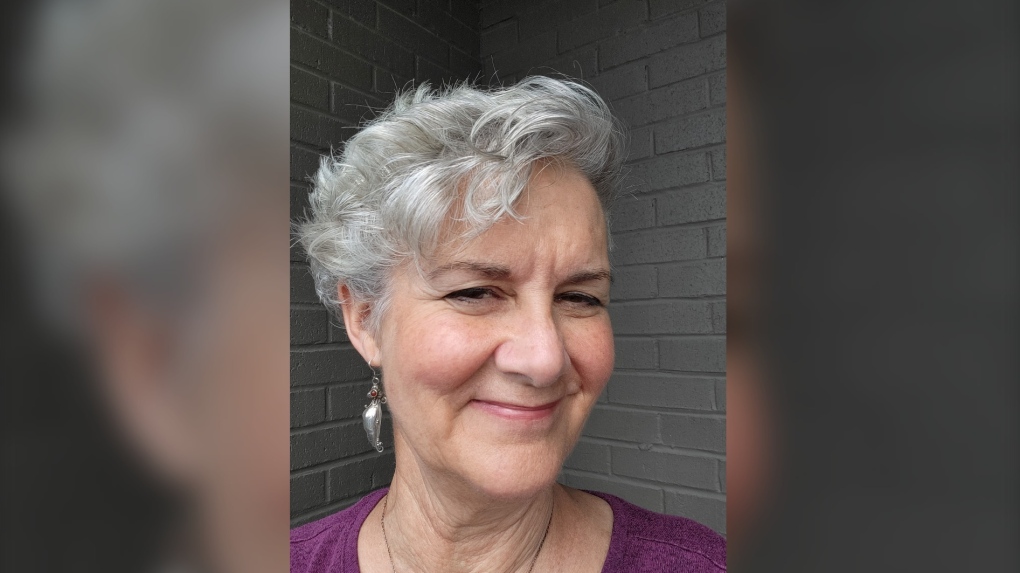It was a busy night in the emergency department of a hospital in London, Ont., and Jennefer Muir, a registered nurse of 16 years, was working the triage desk when a mother came in with an ear-infected child.
“I asked them why they didn’t go to their family doctor, why they didn’t go to a walk-in clinic and they stated that their family doctor was currently away … And they had been told in the past that if they go to a walk-in clinic or the urgent care centre, they’ll be taken off the roster for their family doctor,” Muir said.
The wait was projected to be eight hours, but they stayed, Muir said. “Unfortunately, it happens all the time,” she added.
The mother is among a number of Ontario patients who are now visiting emergency departments out of fear of being de-rostered from their doctor’s office – a loophole that results in hospitals dealing with non-urgent cases, and disrupts continuity of care paramount to family medicine, according to health-care experts.
Ontario’s Ministry of Health told CTV News a patient visiting an emergency room is not a ministry condition for de-enrollment from a physician’s roster. However, the ministry said, a physician may decide to de-enroll a patient if they receive care from more than one health care provider. For example, at a walk-in clinic.
“But that doesn’t mean I’m firing them,” Dr. Allan Grill, Chief of Family Medicine at Markham Stouffville Hospital, said, explaining how the enrollment system at his clinic works, in which doctors are paid per patient, regardless of how many times they visit.
“It just means I’m putting them in a different category so that my office doesn’t lose the funding we’re getting from the government to take care of that roster of patients,” Dr. Grill added.
That separate category is a fee-for-service model, which means his patients can still book an appointment at his office, he just gets paid by the province each time he provides a service to a patient.
However, dozens of people who reached out to CTV News said their doctors threatened to entirely drop them as patients if they received care elsewhere.
To get around this issue, some have visited the emergency room to receive care without running the risk of losing a coveted spot on a physician’s list. Muir said the confusion around the issue “floods the emergency department with non-urgent cases that could have been seen elsewhere.”
Daily, patients come in with urinary tract infections, sniffles, sore throats and fevers, Muir said. “They do need treatment but they don’t necessarily need treatment in the emergency department.”
Karin Bowyer, 62, sought care in the emergency room a couple years ago, dehydrated with non-stop nausea after contracting long COVID-19.
 Peterborough resident Karin Bowyer, 62, said she has gone to the emergency room instead of a walk-in clinic to avoid getting de-rostered. “If I can’t get in to see my doctor, I can’t go to a walk-in clinic as she will drop me,” Bowyer said about her family doctor in Brighton, an hour drive from her home in Peterborough. “So, I have to go to the emergency room at the hospital and use resources that take away from people urgently needing care.”
Peterborough resident Karin Bowyer, 62, said she has gone to the emergency room instead of a walk-in clinic to avoid getting de-rostered. “If I can’t get in to see my doctor, I can’t go to a walk-in clinic as she will drop me,” Bowyer said about her family doctor in Brighton, an hour drive from her home in Peterborough. “So, I have to go to the emergency room at the hospital and use resources that take away from people urgently needing care.”
Since then, she’s suffered chronic back pain tied to arthritis and hasn’t had bloodwork done. “If I do have any health concerns, I just tend to ignore them,” Bowyer said.
The College of Physicians and Surgeons of Ontario (CPSO), responsible for the professional conduct of doctors practicing in Ontario, mandates a doctor only end their relationship with a patient if reasonable efforts have been made to resolve a given situation in the best interest of the patient.
Part of halting patients with non-urgent issues from going to the emergency room involves physician-to-patient conversations clarifying the rules and expectations of a family practice, Dr. Grill said.
“I wouldn’t want my patient to go to an emergency room for a type of care that they can get from my office because there’s some sort of worry about being de-rostered. That is not the message we want to send in family medicine.”